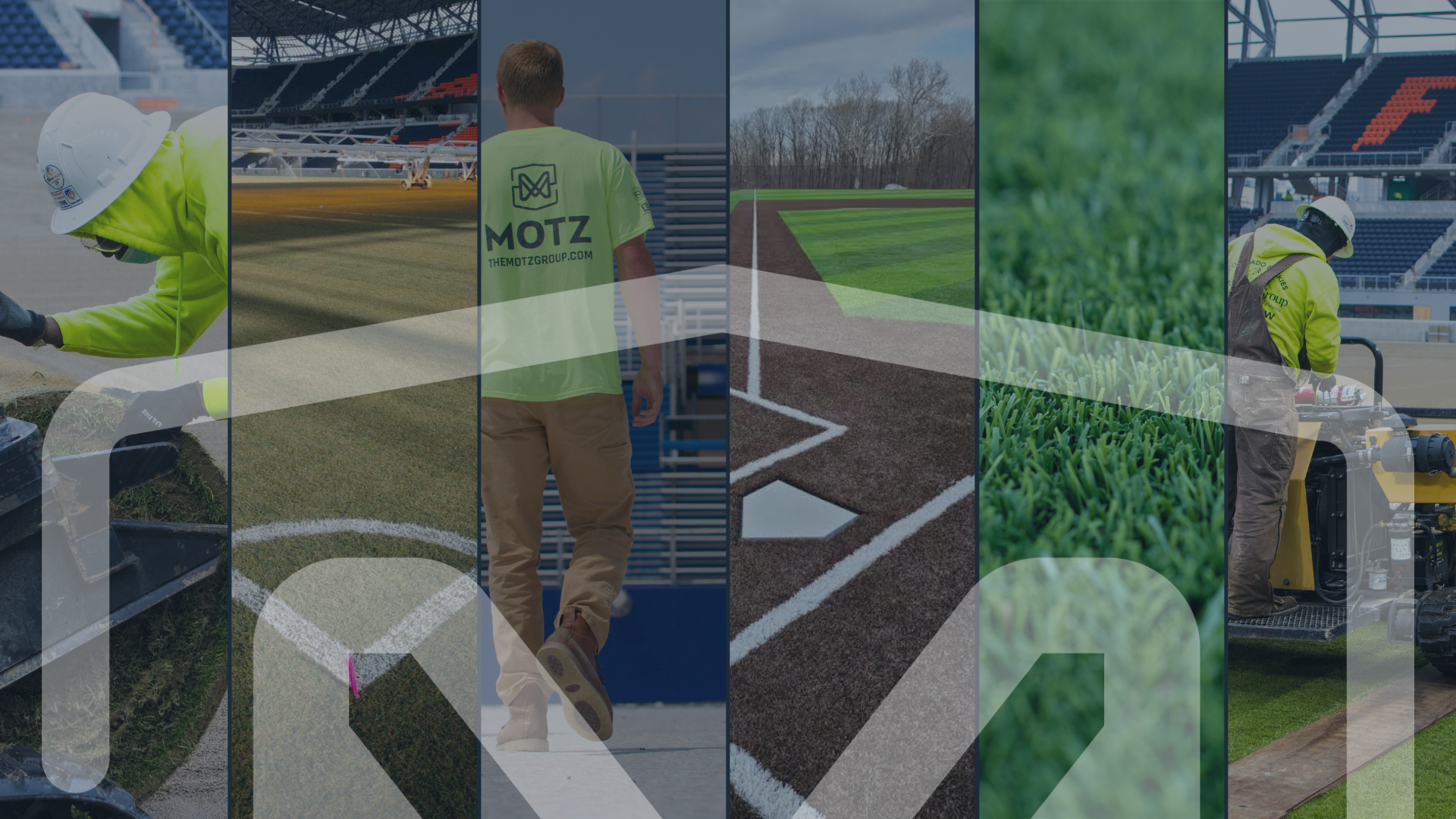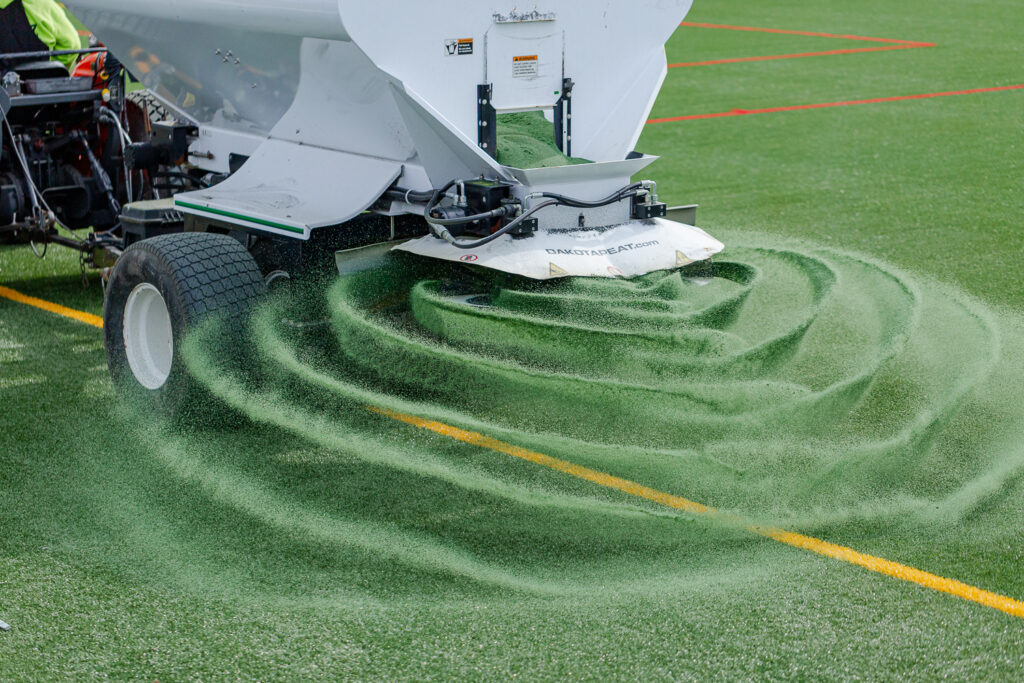
Sports Field Blog
Subscribe To Email Updates
Subscribe to our weekly newsletter and we’ll send updates straight to your inbox
Can Infill Be Used for the Second Lifecycle?
Begin with the end in mind.
Out of sight, out of mind. It’s the easy thing to do but it’s definitely not the responsible thing to do. The decision to invest in a synthetic turf field also comes with it the responsibility to ensure the products are the best long-term option for the environment. We owe it to future generations. A synthetic turf field is replaced about every ten years. And each time a field is replaced it generates somewhere between 500,000lbs and 1,000,000lbs of waste that is more than likely destined for the landfill. That’s a lot of material! And most of that material is infill. Check out this graph to see how much of a field’s weight is made up of infill.
And with a few, carefully orchestrated decisions, this waste stream can easily be reduced by over 95%!
First, commit to building a system with a pad. This will make replacements much easier as it will provide a layer from which to work from while replacing the turf and significantly reduce the amount of gravel rework that happens during the field change.
Second, commit to using an infill that can be reused or composted. There are infills on the market that can meet each of these requirements, some easier than others.
- REUSE. Envirofill is an example of an infill that can be reused. It has a 16-year warranty, is installed homogeneously and can be reclaimed and put into the new field with no loss of performance.
- COMPOST. Safeshell is an example of an infill that can be composted or used as a topdressing on a natural turf field along with its sand ballast layer. We would recommend consulting with a natural turf specialist to prepare the natural turf field in advance of the top dressing.
Third, ensure that the specifications for the new field include a requirement to remove the existing field in such a way that separates and prepares the materials for their respective downstream destinations.
Fourth, hold the contractor accountable via chain of custody documents. This is important when materials such as synthetic turf or infill are leaving the site for recycling or composting. This will encourage transparency on how the materials were separated, where the materials were sent and how they will be kept out of the landfill.
And finally, feel good about your decision to save our natural resources and divert a significant amount of material from the landfill.
Similar Blogs



